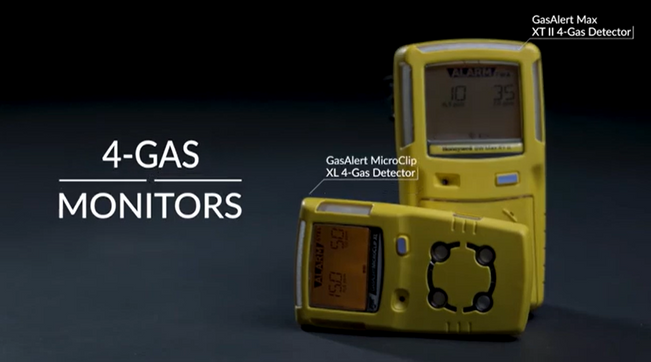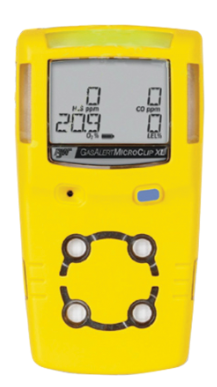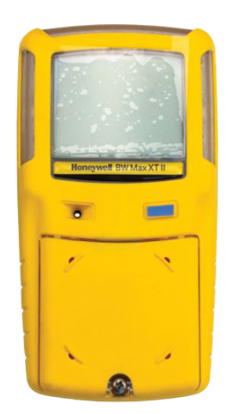Diffusion vs Pumped Gas Detectors: What is right for you?
Many industries rely on accurate and dependable portable gas detection monitors. These sectors require gas detection to both identify leaks and ensure the safety of personnel and equipment, as many accidents are preventable. When working in environments involving combustible fuels or other hazards, caution is essential. Understanding the differences between diffusion and pumped gas detection can be valuable in selecting the right tools for the job.
Gas Detection
Gas detection needs can vary significantly depending on the specific application. For example, those working with fossil fuels such as coal, gasoline, diesel, or other petrochemicals should be aware of carbon monoxide risks. In contrast, workers in sanitation or sewage treatment will be more concerned about gases like methane, hydrogen disulfide, and ammonia. This highlights the importance of using gas detection monitors tailored to the specific environment. There’s no one-size-fits-all solution when it comes to gas monitoring and safety.
The debate between diffusion and pumped gas detection often comes down to context. The differences between these technologies aren’t always obvious, making it challenging to select the right one for a particular situation. However, a basic overview can help clarify many common questions and assist in narrowing down your options.
Diffusion
A diffusion system works by relying on the natural spreading of molecules and gases in the air. As gases disperse, concentrations of different gases can be detected, with molecules shifting from higher to lower concentrations. These devices can’t be used remotely, but they effectively identify the gases present in a specific area. A common example is a portable O2 monitor worn on the chest.
Diffusion detectors are ideal for employees working in high-risk areas where continuous monitoring is necessary, such as during transportation or other hands-on activities. Stationary monitors that detect gases in a particular location often rely on diffusion as well.
Pumped
Pumped detectors, on the other hand, feature built-in sampling pumps that continuously draw in gases. Hoses may be attached to extend the reach, allowing measurements to be taken from a safe distance. This allows you to determine the protective equipment needed before entering an area.
Pumped detectors are especially useful when the hazards in a given space are unknown. They are also commonly used in tanks, sewers, crawlspaces, or other areas where access is limited or dangerous. Suction is also used to gather samples for biogas analysis or before entering a confined facility.
A pumped detector also commonly holds all the same features as a diffusion unit.
Ultimately, both diffusion and pumped gas detectors have specific applications, with the right choice depending on the situation and environment. Whatever the requirements, having reliable portable gas detection equipment is often essential. If you are still unsure of the gas detector you require, dont hesitate to contact us for more information.




